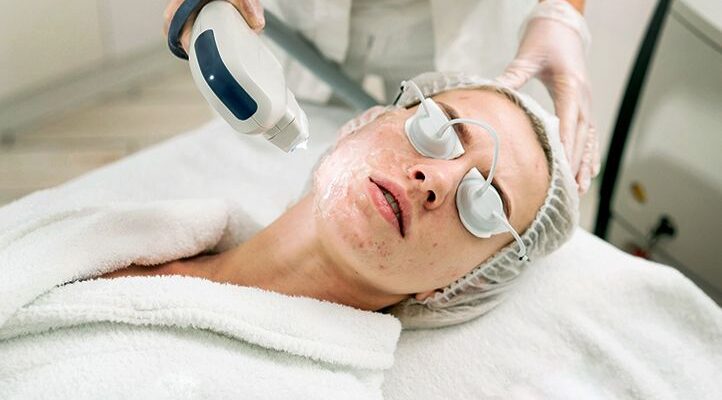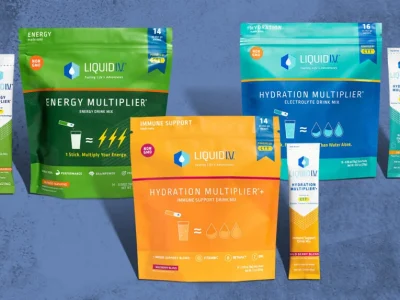Some medical treatments may help reduce acne scars.
A dermatologist can recommend a suitable procedure or combination of therapies depending on a person’s skin type and the extent of the scarring.Options may include acne scar laser treatment to surgery. Take a look below:
Chemical peels
A dermatologist can recommend a type of peel that is suitable for a person’s skin type, acne severity, and scarring.
The authors of a 2017 review on treatments for acne scarring note a study that found that six of 10 participants using a specific type of chemical peel called trichloroacetic acid (TCA) had at least a 70% improvement in their acne scarring.
Other chemical peels may be less effective. For instance, 25% of those who used glycolic acid did not see any reduction in the appearance of scars.
A person may need to try different types of peel to determine which one works for them.
Injections
Injections of corticosteroids may help soften and flatten raised acne scar tissue if a person has hypertrophic or keloid scars.
Other treatments, such as a Rejuran skin booster, typically consist of a series of injections. A dermatologist can do these injections in their office once every few weeks, monitoring the results.
Dermal filler
In some cases, dermatologists may recommend soft tissue fillers to treat atrophic acne scars. They may be particularly helpful for rolling and boxcar scars.
Options include:
- collagen-based products
- polymethylmethacrylate
- hyaluronic acid
- polyacrylamide
- poly-L-lactic acid
- silicon
Depending on the filler, a person may need to repeat the treatment after some months. Hyaluronic fillers, for example, last around 3 months, but silicon and polyacrylamide may never need replacing.
Fillers can have adverse effects, but these will depend on the filler. Always speak with a doctor about the pros and cons before opting for treatment.
Microneedling
Microneedling is the process of inserting tiny needles into the skin surrounding the scar to stimulate the body to make more collagen. This collagen may reduce the appearance of atrophic acne scars by smoothing out the skin.
In a 2017 review, microneedling provided an improvement of 31–62% in the appearance of atrophic or indented acne scars.
A 2019 study found that when people combined microneedling with the use of collagen gel, the results were significantly more effective than microneedling alone.
However, microneedling can cause side effects. Many people experience redness, pain, and inflammation after the treatment. However, these effects subside over time.
Laser treatment
Laser treatment resurfaces the skin without the use of chemicals or scrubs. It removes the uppermost layer of skin to reveal the younger skin cells underneath, which can help reduce the appearance of scarring.
It can help reduce the appearance and texture of raised scars. Treatment with a pulsed dye laser can also help reduce the colour of hyperpigmented scars.
Intense pulsed light treatment may be a better option for people with pale skin, according to the American Academy of Dermatology.
Laser treatment is not suitable for everyone. This will depend on the type of acne scarring and the person’s skin type. The treatment may also cause a reaction in some people, especially those with sensitive skin.
Surgery
If other treatments do not help, surgery can remove raised acne scars. Surgery alone may not be enough to solve the problem, and a doctor may recommend further treatment.
Electrodessication
Used alongside other treatments, this may help reduce the edges of boxcar acne scars, making the skin appear flatter and less indented. A doctor will use electric probes to heat the skin and kills the tissues that cause the edges around the scars.








Comments